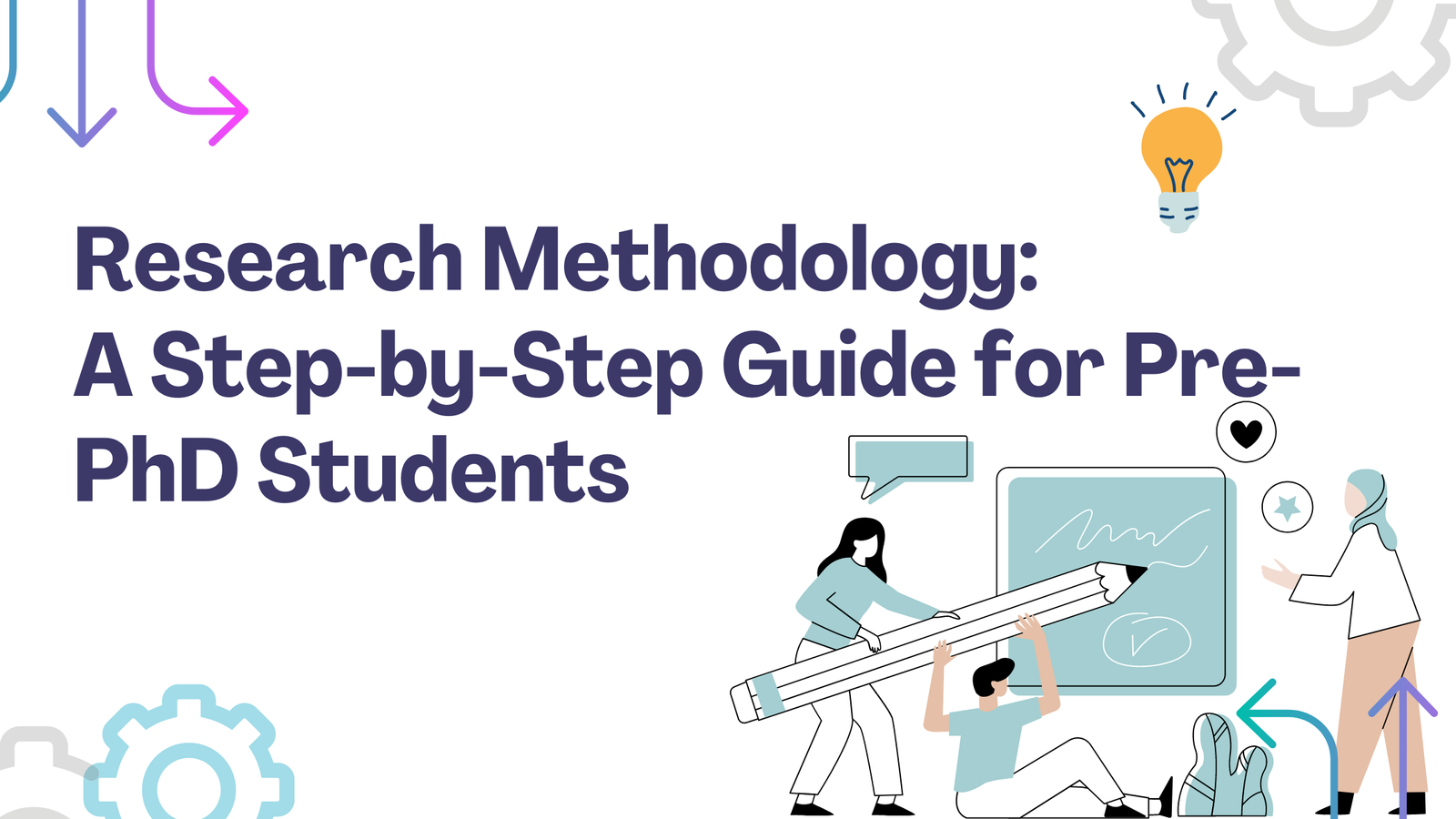Introduction to Machine Learning
Introduction to Machine Learning
Machine learning (ML) is like teaching computers to think, learn, and adapt on their own. Imagine if your phone could predict what you want to text before you even type a word. How does that magic happen? Let’s break it down step-by-step.
1. What is Machine Learning?
Machine learning is a branch of artificial intelligence (AI) where systems learn from data instead of being explicitly programmed. Think of it as training a toddler. You don’t explain every detail but show them examples—over time, they figure things out.
But wait, here’s the twist:
Unlike toddlers, machines need rules to learn effectively. Without them, they’ll either overthink (overfit) or fail to understand patterns (underfit).
2. Why Does It Matter?
Ever wondered how Netflix knows what you’d like to watch next? Or how Amazon suggests products you didn’t know you wanted? It’s ML in action. By analyzing past data, machines can predict outcomes or classify objects in ways that improve with experience.
3. Types of Machine Learning
Understanding ML starts with its three primary types:
Supervised Learning:
It’s like a teacher-student relationship. The machine is fed labeled data (e.g., photos of dogs and cats labeled as such). Its job? Recognize patterns and make accurate predictions when faced with unseen data.
Unsupervised Learning:
Here, the machine has no teacher. It explores unlabeled data to find hidden patterns. Clustering customer segments or detecting anomalies in financial transactions are common uses.
Reinforcement Learning:
Think of a gamer earning rewards for making the right moves. Machines learn by trial and error, adjusting their approach based on feedback. This is how self-driving cars are trained.
4. How Does Machine Learning Work?
It’s all about data, algorithms, and training.
-
Collect Data:
Imagine teaching a machine to recognize cats. You’d start with hundreds (or thousands!) of images of cats.
Curious fact: The more diverse the data, the better the learning. -
Choose an Algorithm:
An algorithm is like a recipe. Some common ones include:- Linear Regression for predicting prices.
- Decision Trees for classification tasks.
- Neural Networks for complex patterns, like facial recognition.
-
Train the Model:
This is where the magic happens. The machine uses the data to adjust itself, learning patterns to improve its predictions. -
Test and Improve:
You test the model with new data. If it fails, you tweak it or get better data. Simple? Not always, but that’s the beauty of ML—it gets better with practice.
5. Challenges and Ethics
But here’s the catch:
Machines are only as good as their data. Biases in training data can lead to unfair or even dangerous decisions. That’s why ethical considerations in ML are more critical than ever.
Your First Steps
Want to try ML yourself? Start with Python—it’s beginner-friendly and has powerful libraries like Scikit-learn, Pandas, and TensorFlow. Begin by:
- Installing Python.
- Learning how to manipulate data.
- Exploring basic algorithms with tools like Google Colab (it’s free!).
Latest Posts

Difference between Qualitative and Quantitative Research with Example
Research methodologies can be broadly categorized into qualitative and quantitative approaches. This article explores these differences using an example, including the use of statistics.

What is Qualitative Research Methodology, Methods and Steps
This comprehensive guide delves into the key aspects of qualitative research methodologies, supported by an example and insights into the qualitative research process.

Prim's Algorithm: Understanding Minimum Spanning Trees
Prim's Algorithm is a greedy algorithm used to find the Minimum Spanning Tree (MST) of a weighted, undirected graph.

Huffman Coding Algorithm Tutorial
Huffman Coding is a widely used algorithm for lossless data compression. It assigns variable-length codes to input characters, with shorter codes assigned to more frequent characters.

A step by step approach to learn Greedy Algorithm - Data Structure and Algorithms
A greedy algorithm is an approach for solving problems by making a sequence of choices, each of which looks best at the moment.

How to write an APA-style research proposal for PhD Admission
Writing a research proposal in APA (American Psychological Association) style involves adhering to specific formatting guidelines and organizational structure.

25 steps for Writing a Research Proposal: From Doctoral Research Proposals to Grant Writing and Project Proposals
In this How to write a research proposal guide, we break down the process of writing a research proposal into 25 detailed sections.

Mastering Linear Regression: A Comprehensive Guide to Data Collection and Analysis for Predictive Modeling
This article provides a comprehensive guide to mastering linear regression, focusing on data collection and analysis.

Apple Unveils Groundbreaking AI Innovations at WWDC 2024: Introducing Apple Intelligence and Siri's ChatGPT Integration
Apple's WWDC 2024 introduces Apple Intelligence, revolutionizing AI integration with smarter Siri, ChatGPT capabilities, and innovative features across iOS, iPadOS, and MacOS for enhanced user experience.

Research Methodology: A Step-by-Step Guide for Pre-PhD Students
research is a journey of discovery, and each step you take brings you closer to finding answers to your research questions.